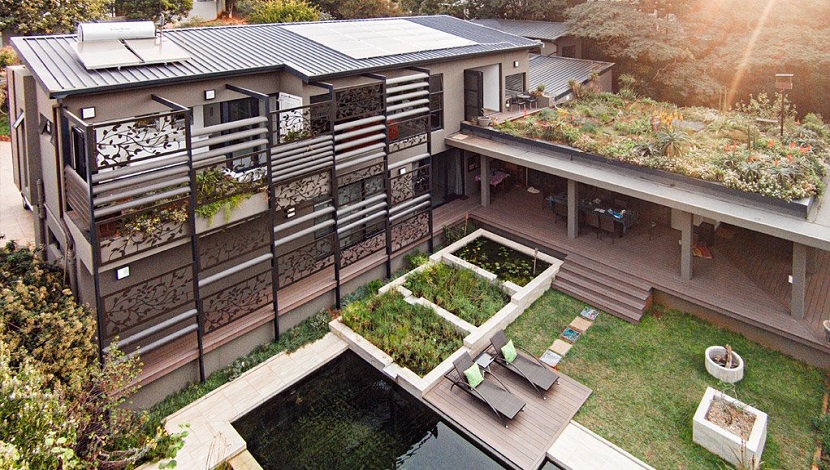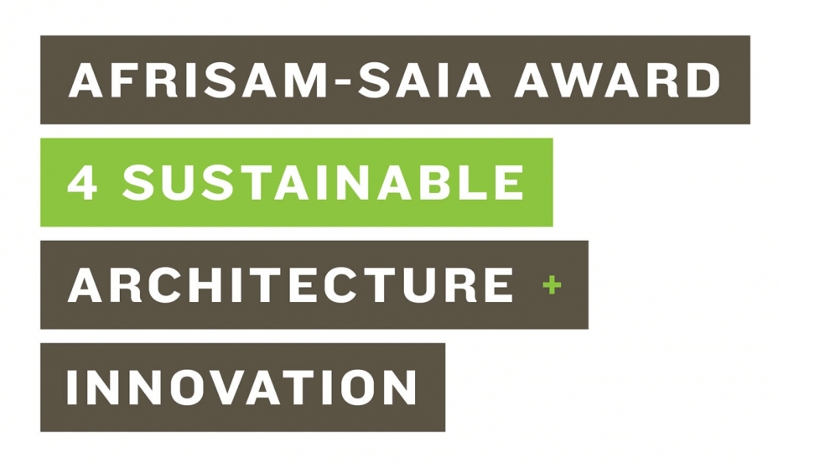

According to Engineering News, The shortlisted contenders in this year’s AfriSam–South African Institute of Architects (Saia) Awards for Sustainable Architecture and Innovation were unveiled on Wednesday after record entries across the four categories were received.
The biennial awards comprise the categories of Sustainable Architecture and Research in Sustainability, as well as two new categories, Sustainable Products and Technology and Sustainable Social Programmes, with the winners to be announced in October.
AfriSam marketing manager Victor Bouguenon said the awards reflected AfriSam’s drive towards reducing the carbon footprint of cement and aimed to take the sustainability debate to market and inspire forward movement on targets such as net-zero energy and water use and to limit sanitation outflow and emissions while protecting biodiversity.
In the sustainable architecture category, 14 projects were shortlisted, including the African School for Excellence, in Brakpan, undertaken by Local Studio; Oudebosch Camp Kogelberg, in the Western Cape, by Architecture Coop; Johannesburg’s open, mixed–use neighbourhood, the Maboneng Precinct, by Daffonchio and Associate Architects; and the Nelson Mandela Metropolitan University Business School, in Port Elizabeth, by the Workplace Architects with GAPP.
Strey Architects’ experimental personal home project, The Barn House, in Centurion, also made the list, along with the Green Building Council South Africa (GBCSA) five-star Green Star SA-rated BMW headquarters, in Midrand, by Boogertman and Partners Architects and the Department of Environmental Affair’s green building in Pretoria, which achieved a six-star Green Star SA green office v1 design rating, also undertaken by Boogertman.
Other contenders in this category were a client-driven green research project, the Durban-based Gorgeous Green House, completed by Sagnelli Associate Architects; Robert JW Brusse Architect’s heritage restoration project of the Government House in Pietermaritzburg; the iCat Eco Factory, in Pretoria by Earthworld Architects; and orphanage LIV Village, in Cottonlands, KwaZulu-Natal, by Designworkshop:SA.
Finally, the new inner-city rooftop social infrastructure project, the Outreach Foundation Community Centre in Johannesburg, by Local Studio; the University of the Witwatersrand’s Rural Facility in a 350-ha environmentally protected and ecologically sensitive area bordering the Kruger National Park by Kate Otten Architects and Alive Architecture’s restorative project, the WWF building, in Braamfontein, which achieved the first six-star Green Star SA rating on a brownfields site in South Africa, were all assessed and selected for the final round.
The research publication, Designing Hope for Pathways to Regenerative Sustainability by Dominique Hes and Chrisna du Plessis was the only selection in the Research in Sustainability category.
Four projects qualified in the Sustainable product/technology division: Otto Cottage, in Botswana, by local architect Paul Marais; single-unit living space design module POD Idladla by Collaborate000; community solar power plant and energy spaza shop Solar Turtle, by Ugesi Gold; and six-star Green Star SA-accredited building Vodafone Site Solution Innovation Centre by Grosskopff Lombard Huyberechts and Associates.





